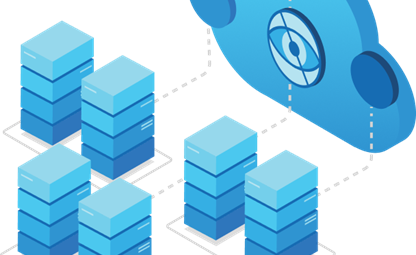16 Sep 2016
Enterprise Mobility 101: What, Why, and How

What is Enterprise Mobility?
The term enterprise mobility originated from the growing trend of employees conducting business on the move. With advancements in technology, organizations have inducted mobile devices, such as laptops, iPads, and mobile phones, into workplace structure. These technological avenues have created a wide range of creative workplace options.
With that said, as offices have expanded to include airplanes, coffee shops, and hotel rooms, so has the mobility of corporate data expanded from internal servers to cloud storage services. Therefore, the term enterprise mobility includes a broad range of locations, devices, and the mobility of data.
Increased Productivity, Increased Security Risk
The ability to access systems from anywhere has also boosted the opportunities for productivity. Employees can now enjoy creating their own schedules. For example, enterprise mobility allows employees to begin workdays earlier from their laptops, so they can return home with families in the afternoon. Others prefer to access projects, documents, and email while on vacation, therefore decreasing the amount of missed work upon their return to the office. Morale increases when employees are given the leniency of freedom, therefore a higher level and quality of output is procured.
Yet, with the increase of internet and cloud-based tools there are also increased security threats. While not all data is confidential or sensitive, it is still important to make sure that an organization that practices enterprise mobility also incorporates regimented and secure data compliance practices.
Data loss prevention is a strategy that ensures the proper management of sensitive information via mobile devices. Data loss prevention software (DLS) is important to secure data mobility. This software detects potential breaches and blocks threats from viewing and accessing data. Generally, DLS software manages the three different stages of data mobility including endpoint or in-use applications, in motion network traffic, and at rest data such as storage or archives.
It's also important for organizations to create and manage their own policies that govern the use of mobile devices and data. Acceptable use policies dictate what type of data can be accessed and how it should be used. These policies should also require employees to undergo additional security. For example, in order to access cloud-based storage from a home office, the employee may need to set-up a secure portal on their laptop or desktop computer.
Constructing Mobility Strategies
One of the most important aspects of enterprise mobility lies within the carriers your organization chooses to help manage mobility. Per TechTarget, the demand for mobility has spurred a growth in the area of "wireless services, where competition is rapidly driving service pricing down to the cost of providing it, leaving margins razor thin."
Therefore, finding a carrier that is reliable, accessible, and allows for the differentiating needs of communication is incredibly important for successful enterprise mobility. With that said, the carrier must also meet the demands of your organizations budget. This is where strategy becomes a key aspect.
Make sure your organization understands the demands of the mobility users. Where are your employees accessing data? If there is a majority working from home offices, then wi-fi may not be a huge deal breaker. Hotspots can be a mitigating solution for those that require wi-fi access. With that said, if a majority of employees are working on the move - from airports and airplanes, unfamiliar conference spaces, or hotel rooms - then secure wi-fi becomes a central cog in the strategy process.
Come to the table with an organized, informed, and well-rounded plan that meets all mobility needs.


